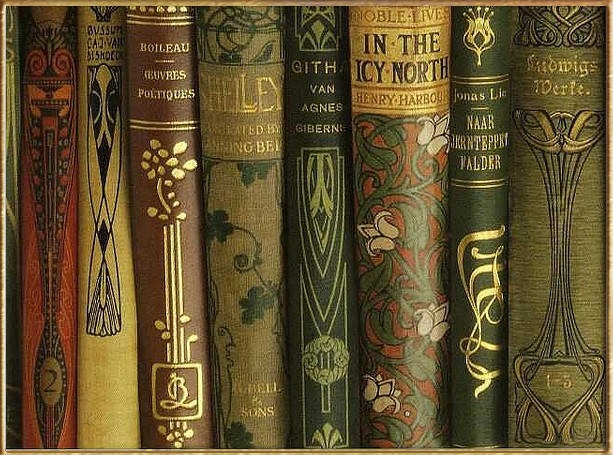I have never been honest with myself about my stack of books waiting to be read. In fact, I have been so far from honest about it that there isn’t even a stack. Not because I have it all in the form of e-books (I am a paper-lover, myself) but because I have cunningly hidden them all on the bookshelves among the books I have read.
I had a look this afternoon and was horrified to find that I own seventy-four unread books. Seventy-four. Take a minute to let that sink in. If I read one every week, that would last me til April 2017. If I did come clean and make an actual stack out of them, it’d probably be taller than me.
That isn’t counting reference books or the Stephanie Pearl-McPhee one I bought today. Or most of the Caped Gooseberry’s books, because I don’t plan on reading most of them (e.g. An Introduction to Abstract Algebra, Vol. I). Just to look a little legit, however, I did count the books I have started, but not yet finished.
Shall we look at the breakdown?
Non-fiction was far and away the largest section, with a whopping 44 books awaiting my attention, on subjects ranging from bookbinding to religious drama to the history of Europe to a book simply titled On Killing. (Not, you will be happy to learn, a DIY book.)
Fiction I broke down into Classics, General and Sci-Fi/Fantasy, since that’s how I shelve them. I have seven unread classics (including War and Peace, naturally) and seven unread members of the general fiction class.

In case you were wondering, my test for what constitutes a classic is whether they bother to give you a nice binding. Bog standard binding? Not a classic.
There were only five unread sci-fi/fantasy novels, mostly due to buying a series which I am working through slowly.
I also have eight unread children’s books – those are the ones I intend to read myself, rather than keep for the convenience of visiting children – and a paltry three books of unread poetry or plays.
The question that then arose – “then” being after I’d recovered from the shock – was why all these books were unread. The reasons, of course, differed. Some I haven’t had for very long, like the Moomin book; others are just hard to get through. Like War and Peace. Others I feel I really ought to read, but never having had the mental energy and the interest at the same time, it hasn’t happened yet. I suspect my re-reading habits have a lot to do with this.
Mind you, with a lot of these books my intent is to read them once, and then pass them along.

So far, so slow. I managed to purge one fairly decent-sized book this month, as well as a tea-infuser in the shape of a duck (I love it, but it seemed selfish to keep it when I never used it) and a set of bracelets I found still bagged and tagged under a tree in our garden (a complete mystery).
How is simplicity looking in your neck of the woods?








